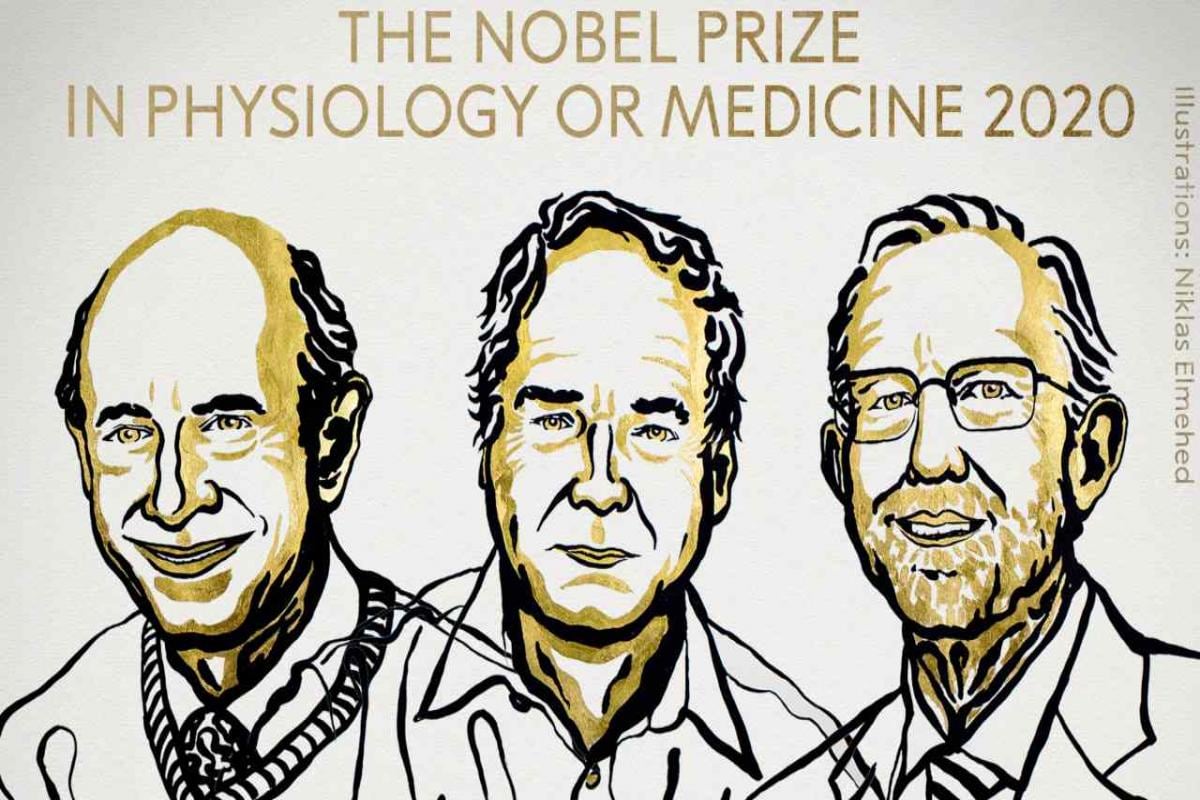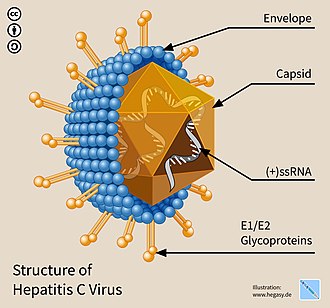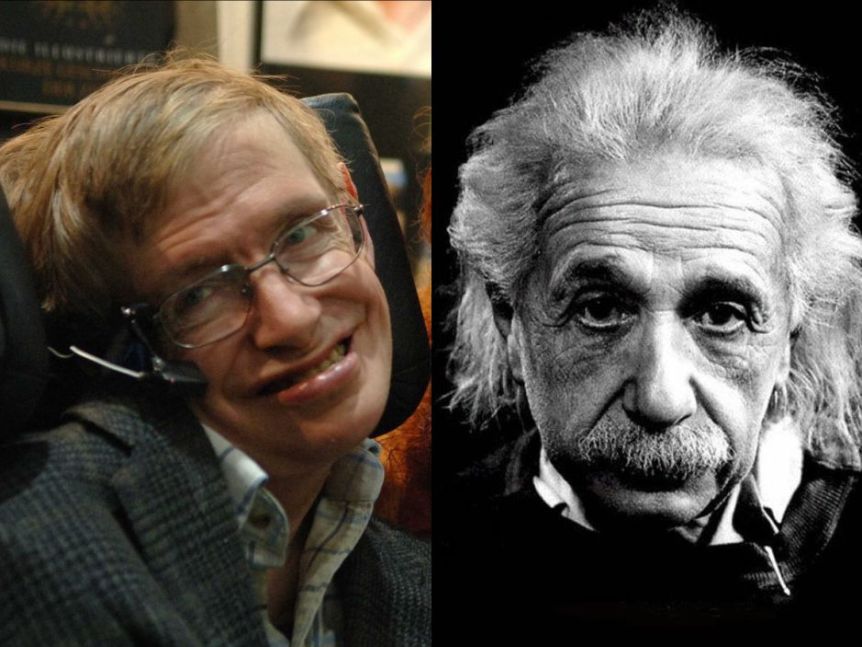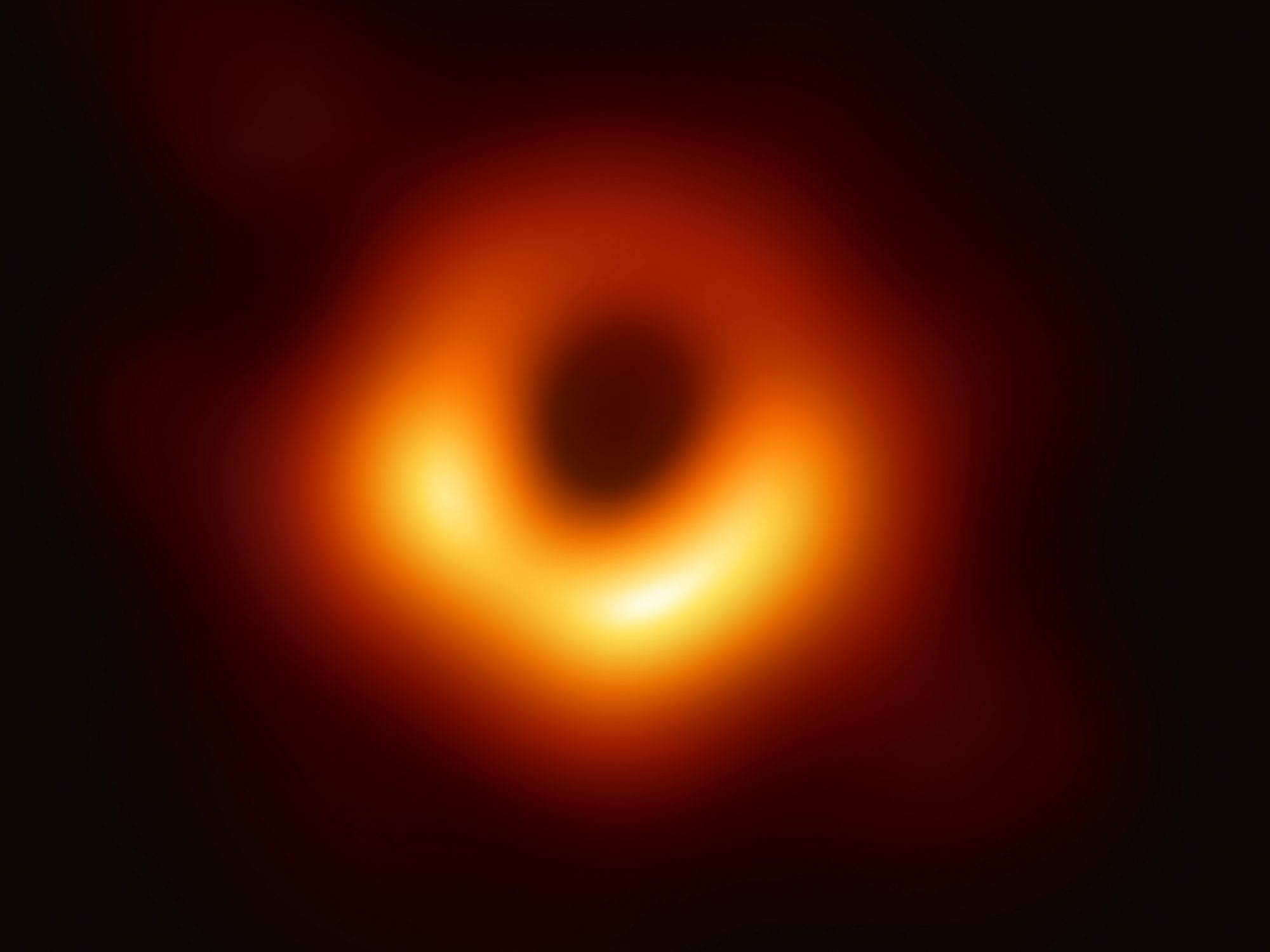Early October is always that time of year when we all take a moment from the mundane news to recognize those scientists who are making fundamental contributions to our knowledge of the world around us. The cause of this annual ceremony is of course the announcement of the winners of the Nobel Prizes for the natural sciences of Physics, Chemistry, and Physiology.

This year the Physiology, i.e. Medicine prize was announced first and has been awarded jointly to Harvey J. Alter, Charles M. Rice, both of the United States, along with British Born Michael Houghton. Fittingly in this year of the Covid-19 pandemic the work for which these three scientists have been recognized deals with the identification of and drug treatments for the deadly viral disease, Hepatitis C.

Hepatitis in general is classified as an inflammation of the liver and is most commonly caused by one of five different viruses giving rise to Hepatitis A, B, C, D and E. Of these Hepatitis A and B were the first to be studied and vaccines are now available to provide immunity against those forms of the disease. The cause of Hepatitis C however remained elusive for many years, making the search for effective means of treatment difficult.

It was in the 1960s that Doctor Alter succeeded in demonstrating that Hepatitis C was in fact a completely different disease from the types known at that time, A and B. Due to Alter’s work Hepatitis C was for a time actually known as Hepatitis ‘non-A’, ‘non-B’.
Following up on Alter’s work Doctor Houghton then was able to isolate the genetic structure of a previously unknown virus in Hepatitis patients. Finally it was Doctor Rice who showed that the new virus alone could cause Hepatitis. Once the cause of Hepatitis C was known tests and treatment techniques could be developed for the virus so that today Hepatitis C is a treatable disease.

The Physics prize came second and was also awarded to a trio of scientists. Sir Roger Penrose of Oxford University in the UK received half of the award while Reinhard Genzel of Germany and Andrea Ghez of the United States shared the other half. The three were all honoured for their pioneering work on Black Holes.

In fact it was Sir Roger, along with the late Stephen Hawking who were the first physicists to take seriously the idea that the odd solutions to Einstein’s field equations might have a physical reality. (Einstein himself could never made up his mind on whether or not black holes existed.) Penrose and Hawking spent decades mathematically working out the details of what a black hole would look like (pun intended). For much of that time they continued working despite the fact that there was absolutely no observational evidence to confirm any of their theories.

In fact much of the first evidence for black holes came from the work of Genzel and Ghez who were investigating the supermassive object at the center of our galaxy known as Sagittarius A. Using some of the world’s largest telescopes Genzel and Ghez developed techniques to see through the clouds of gas in the Milky Way’s center. Those techniques enabled them to study Sagittarius A and demonstrate that it was an immense black hole, confirming many of the theories of Penrose and Hawking. Supermassive black holes like Sagittarius A are now thought to exist at the center of every large galaxy.

So if Sir Roger is now getting a Nobel Prize why isn’t Hawking? The answer to that question is easy, he’s dead and according to the terms of Alfred Nobel’s will that set up the Nobel prizes only living persons can receive the award. If you think that’s not fair, well it really isn’t. However, this is actually not the first time that a scientist has died before his work was sufficiently confirmed to be considered for the prize.
Actually I rather doubt that any of this year’s physics recipients would have won their awards if it hadn’t been for last year’s ‘photograph’ of a black hole, see my post of 17 April 2019. That image was the confirmation of many theories about black holes and undoubtedly convinced the Nobel committee that it was time for researchers studying black holes to finally be recognized.

No such prompting was required in order to choose the recipients of this year’s chemistry prize. Emmanuelle Charpentier of the Max Planck Institute in Berlin and Jennifer A. Doudna were honoured for their work on the gene editing tool CRISPR. See my posts of 5 August 2017, 1 December 2018 and 18 Aug 2019 for discussions of just how enormous a breakthrough CRISPR is.

The award to Doctors Charpentier and Doudna is unusual for several reasons. One reason is that the first major papers describing CRISPR were published less than a decade ago in 2011 and 2012. Nobel prizes are normally awarded for work that dates back several decades, remember what I said about Roger Penrose and Stephan Hawking above. This is in order to make certain that a great deal of conformational evidence has been accumulated supporting the work before the prize is awarded.
Over the last half dozen years however CRISPR has proven to be such a marvelous tool for genetic studies that the evidence of its importance is overwhelming. CRISPR has given science the most precise and useful tool that it has ever had for literally changing the code of life itself and we are only at the beginning of understanding all that it can do.
The other reason that this year’s chemistry prize is notable is because it represents the very first time that two women have shared the prize. It is unfortunately true that the majority of Nobel Prize winners are white men, with a small number of Asian men thrown in.

Personally I want both greater female and minority participation in the sciences because the more scientists we have, whatever their colour or sex, the more discoveries we will get. For that reason I congratulate Doctors Charpentier and Doudna and hope that other women will soon join them in making equally important advances in our understanding of the Universe. Like Doctors Alter, Rice, Houghton, Penrose, Genzel and Ghez, and hey, let’s not forget Hawking, they all deserve our recognition for their work of discovery.
